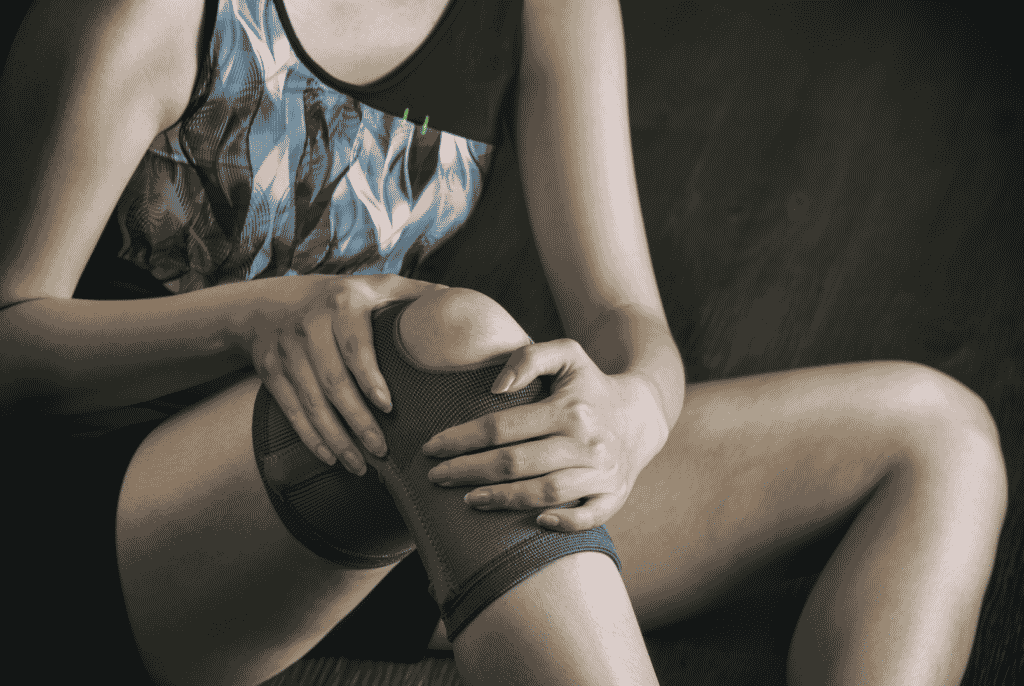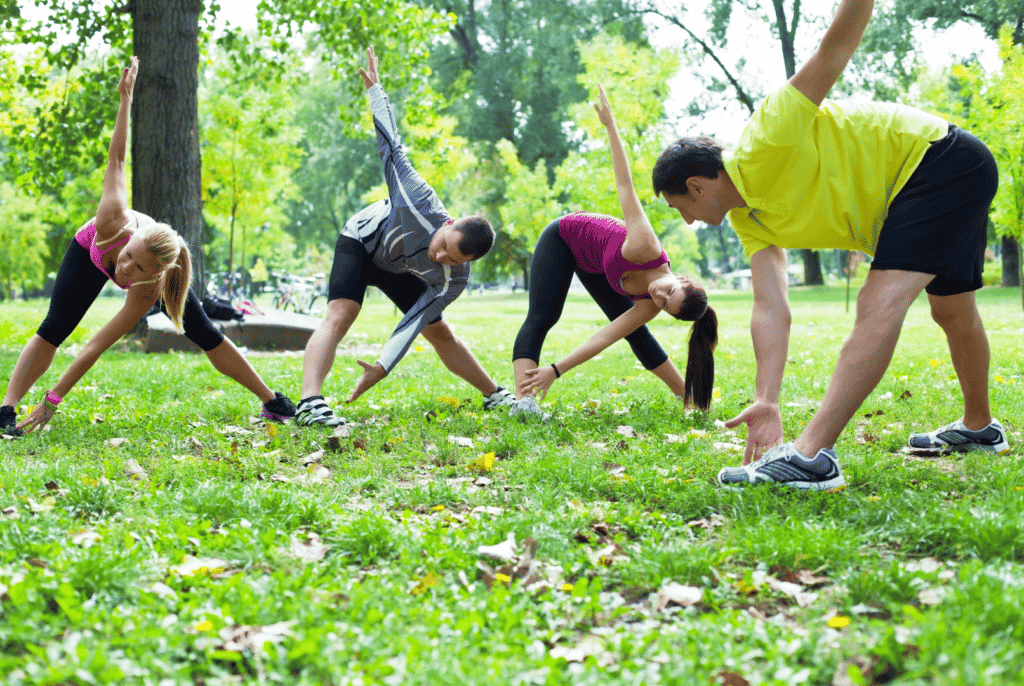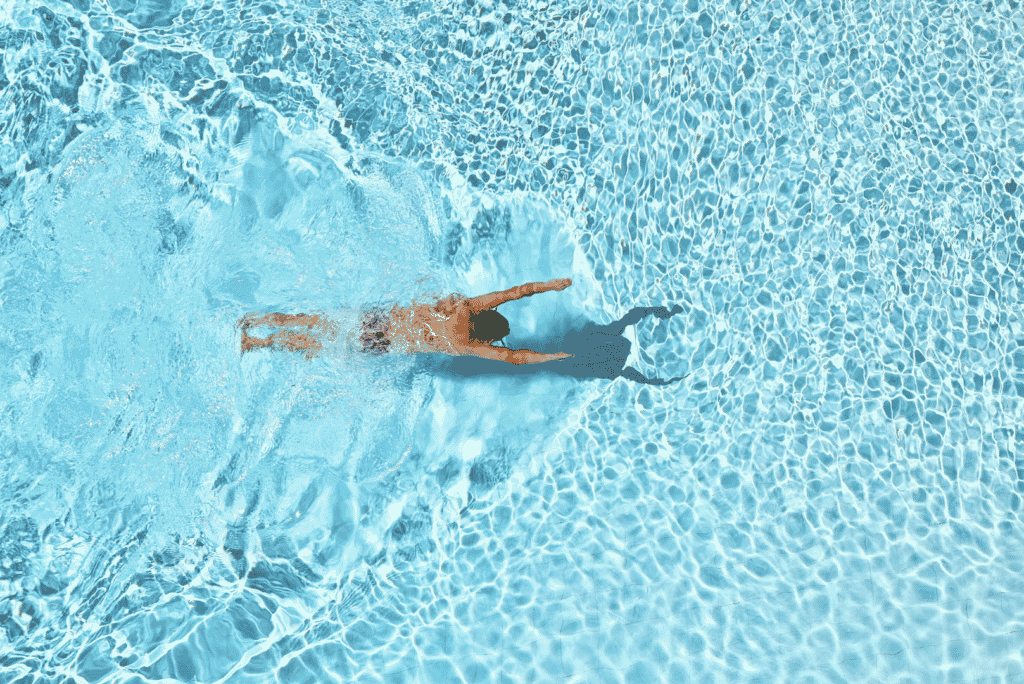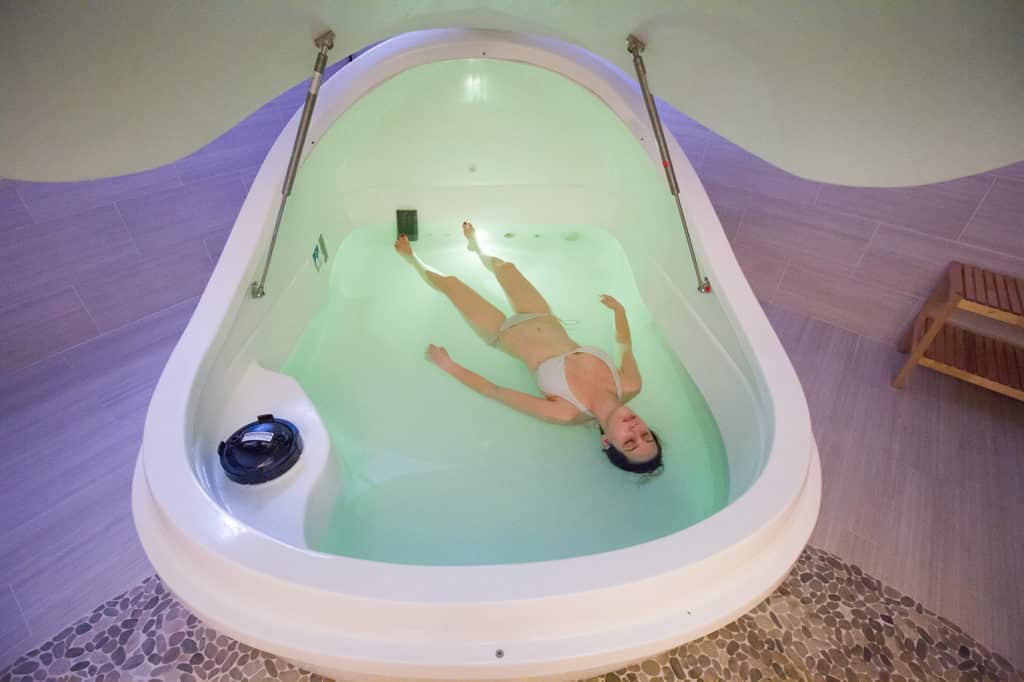Physical activity is critical for overall health and wellness. Exercise helps build and maintain muscle and bone and even affects mental health. However, overdoing it without resting can be detrimental to the body’s internal components that work in tandem to ensure we can function and tackle our daily responsibilities.
So, understanding the importance of working out means it’s just as essential to understanding athletic recovery and its benefits to the body. In particular, it offers rest and prevents serious injuries.
What is Workout Recovery and Exercise Recovery Techniques?
Workout recovery is the process of helping the body repair and rebuild itself after exercise. This can be done by utilizing exercise recovery techniques. Exercise recovery is important because extraneous physical movement can cause micro-tears in muscle tissue, which need to be healed in order for muscles to grow stronger. The body also needs time to replenish its energy stores and remove exercise-induced toxins from the body.
There are many different types of exercise recovery techniques, such as stretching, massage, ice baths, compression garments and of course, flotation therapy. Each method has its own benefits, so it is important to find the right one for you.
Recovery methods can also be combined for even greater benefit. For example, stretching after a workout can help to reduce muscle soreness, while floatation therapy can help to reduce inflammation and speed up the repair process. By incorporating exercise recovery into your routine, you can help your body to repair itself more efficiently and improve your overall fitness level.
What Happens When We Work Out?
Most of us are familiar with the physical effects of regular exercise. We lose weight, build muscle, and generally feel healthier and fitter. People may also feel better mentally and emotionally due to the internal processes within the brain. The stimulation is suggested to encourage the growth of new brain cells by triggering protein release.
But what else happens internally within the body aside from the brain when people exercise? The internal processes here are what lead to visible external results:
- As you exercise, blood that would otherwise go to the digestive system or your liver goes to your muscles.
- Hormones are produced that direct your body to transform fat into glucose to fuel your muscles. Other hormones reduce your pain sensation, yet others lift your mood.
- As the muscles work, they generate lactic acid, which slowly changes the pH of the blood around the muscles until it reaches the point that they can no longer contract.
- The brain also consumes more energy during exercise because it’s busy producing serotonin, gamma-aminobutyric acids (GABA; neurotransmitter), and dopamine.
- Adrenaline is produced, bumping up the heart rate, and capillaries in the muscles widen to allow up to 20 times the average blood volume to flow through.

Why Is Working Out Good for You?
During the exercise process, the body goes through many internal changes. Those deliver essential mental, emotional, and physical health benefits.
- Physical exercise forces the body to transform fat into glucose, which helps with weight loss. As body weight drops, so does the risk for various health conditions, such as heart disease, stroke and diabetes.
- When exercising, the brain produces feel-good hormones that lift your mood, fight pain, and even help fight against debilitating conditions like anxiety and depression.
Is Too Much Exercise a Bad Thing?
Working out is incredibly beneficial to physical health and has increased benefits the longer someone partakes in physical activities that exercise the body. However, there can be side effects or adverse consequences to working out if the body is not being managed after extraneous tasks.
Too much of a good thing can still be too much, which is why exercise recovery techniques should also be considered a recommended component of the exercise process. Overexertion and not giving the body a chance to rest and recover can lead to pain and injuries that sideline you and keep you from working out for days, weeks or months. For instance, runners who don’t focus on exercise recovery techniques are often prone to shin splints, iliotibial band syndrome, runner’s knee and more.
Of course, anyone can overdo it in any workout or physical activity. It’s not limited to runners. Some of the negative things that can happen when you get too much exercise and neglect proper exercise recovery techniques include:
- A reduced ability to perform
- Muscle and joint pain
- Pulled or strained muscles
- Damage to bones
- Overtraining syndrome (mood swings, anger, and irritability)
- An increase in stress hormones (cortisol)
- Inflammation
- A weakened immune system
- Muscle tension or muscle stress
- Ruptured tendons or muscle tears
While plenty of physical activity is important for good health, overtraining is dangerous and can lead to severe problems. It’s important to understand exercise recovery techniques, how to recover after workouts, and how to structure your overall strategy to balance physical activity and exercise recovery techniques over time.

The Importance of Exercise Recovery Techniques
The chances of injury increase without adding active exercise recovery techniques to a fitness routine. Rest days prevent muscle and joint overuse, injuries or pain. But what constitutes recovery?
- Stretching – Stretching is as important after exercise as before. It’s a warmup of the muscles and joints of the body. Warmups and stretching help dilate the blood vessels to ensure they’re oxygen-filled, raise the temperature of the muscles to increase flexibility and movement and raise the heart rate to minimize stress on the heart. For even more benefits, consider adding a 10 or 15-minute yoga session or other stretching exercises at the end of your workout.

- Active Recovery – Active recovery is nothing more than adding a little low-intensity exercise after a particularly tough workout. For instance, swimming after a long run or taking a walk after strenuous strength training. Active recovery aims to reduce lactic acid levels and continue moving the blood through the body. Think of active recovery as a cool-down period before resting completely.

- Flotation Therapy – Studies have shown that floatation therapy with Epsom salt helps lower lactic acid levels in the blood, making it best for muscle recovery by speeding up the healing process. It also helps combat muscle fatigue and pain, lowers stress, and even improves sleep quality so that you recover better over several days. This happens because of float therapy’s zero-gravity environment, creating a space where individuals weightless float atop the water in float pods to alleviate the pressure and tension on the body. Many pro-athletes use float therapy to help them focus before big games, promote healing during training or relax the body after a big game.

Exercise Recovery Techniques: A Crucial Piece of Physical and Mental Well-Being
Physical exercise is critically important. However, exercise recovery techniques are just as important as exercise. It’s vital to give your body a chance to rest and recover.
Without the proper recovery strategy, it’s too easy to overdo it and be sidelined with an injury. One of the best approaches is to combine different exercise recovery techniques, such as floatation therapy, yoga, and active recovery, into a comprehensive plan that balances physical exertion with rest and rejuvenation.
Try Float Therapy at True REST Float Spa
Founded with the belief that everyone deserves total body wellness, True REST Float Spa offers flotation therapy as a unique and holistic practice. The science of feeling great involves a 60-minute session floating atop water mixed with Epsom salt in a gravity and distraction-free environment. The very nature of the experience supports relaxation and rejuvenation.
While float therapy is an excellent option for individuals to utilize for athletic recovery—as anyone from professional athletes to everyday exercisers are reoccurring practitioners—it’s also a great option for anyone wanting to find a moment of self-care and tranquility.
You can learn more about floating, its benefits and its history at truerest.com/float-therapy/#float or speak to a float specialist before booking an appointment. Find the nearest location at truerest.com/locations/.
The post Exercise Recovery Techniques: Flotation Therapy appeared first on True REST Float Spa.





Leave a Reply
You must be logged in to post a comment.